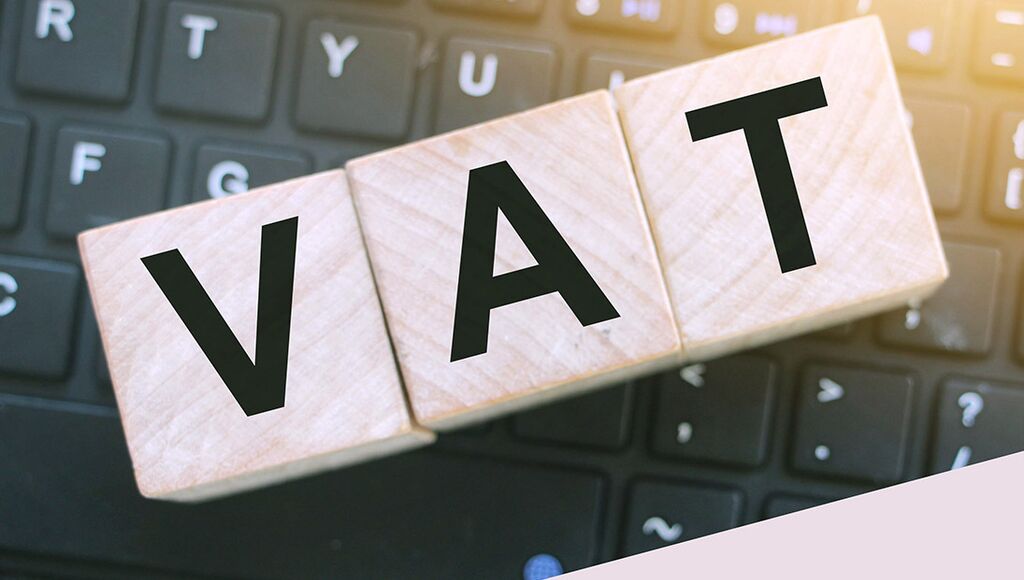
Finnish VAT rate to increase to 25.5% starting September 2024
Insights|July 12, 2024
The Finnish VAT rate will increase by 1.5 percentage points, from 24% to 25.5%, effective September 1, 2024. As a rule, goods delivered, or services provided before September are invoiced at the lower rate.
Impact on goods and services
For the sale of goods, the delivery date is relatively straightforward to define. Whether the goods are delivered to the factory or the customer’s location may affect the VAT rate, as goods are considered delivered when the risk transfers to the purchaser. Additionally, some project-based products that require inspection or specific client acceptance are considered delivered only after inspection or acceptance.
The delivery date for services may be subject to interpretation. Some services are considered delivered at the end of the project, upon delivery of the relevant performance or documentation to the client. Others are delivered daily. It may be worthwhile to consider in advance which types of services you will be invoicing in September.
Continuous services are regarded as delivered at the end of each invoicing period. For example, quarterly rents for a calendar year are regarded as delivered at the end of March, June, September, and December. Consequently, the rent for July, August, and September is charged at the 25.5% VAT rate.
However, it is not quite this simple. As an exception to the main rule (the date of delivery of products or provision of services), the VAT rate for prepayments is based on the time of payment. This means that prepayments received before September 1, 2024, are subject to 24% VAT. On the other hand, even if invoiced in August, the VAT rate is 25.5% if the client pays the prepayment in September.
Returning to the previous example, if the rent for the third quarter (July – September) is invoiced in advance in June, the VAT rate is 24% if the client pays the rent before September. However, if the client pays in September, the VAT rate is 25.5%, even if invoiced in June with a due date at the beginning of July. Lessors may want to ensure that lessees pay the correct VAT amount in all situations.
Preparing your business for the new vat rate
Some companies report and pay VAT during the calendar year on a cash or invoicing basis. However, this does not affect the VAT rate.
The Tax Administration has published guidance on the application of the VAT rate change, including several examples of international situations. Companies with clients who are consumers or entities that cannot fully deduct input VAT should carefully consider the timing issues related to VAT. Your Finnish suppliers may also contact you by the end of summer regarding their Finnish VAT charges.
If you would like to discuss your VAT rates and related timing issues, please do not hesitate to contact us.